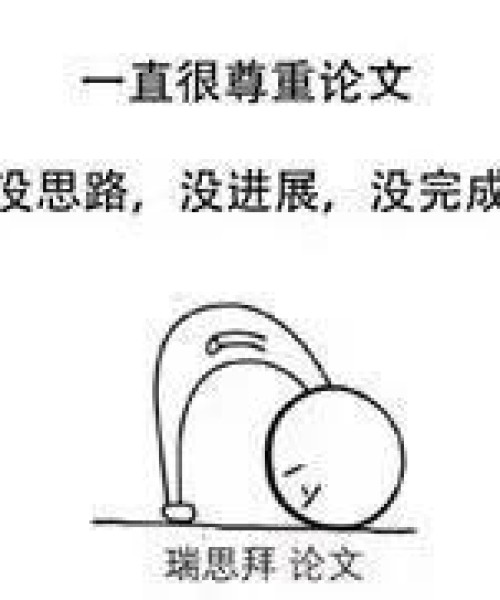网页设计是一个概念、规划、建模过程,并执行电子媒体内容分发通过互联网等技术的标记语言HTML,XHTML,XML适合于解释和显示在Web浏览器或其他基于Web的图形用户界面(GUI)。 Web设计的意图是创建一个网站(一个驻留在一个或多个Web服务器上的电子文件集合),它以请求的形式向用户提交内容(包括交互功能或接口)。这样的元素为文本,表格,和位图图像,也可以放在使用HTML页面,XHTML和XML标签。显示更复杂的媒体(矢量图形、动画、视频、声音)通常需要的插件如Flash,时间快,java运行时环境等插件也嵌入到网页中的HTML或XHTML标签。 各种浏览器符合W3C标准的改进促使XHTML和XML与层叠样式表(CSS)结合起来,以定位和操作网页元素。最新的标准和建议的目的是导致不同浏览器提供多种媒体辅助功能选项可能不使用插件的能力
澳洲邦德论文代写:网页设计
Web page design is a process of conceptualization, planning, modelling, and execution of electronic media content delivery via internet in the form of technologies such as mark up language like html, xhtml, xml suitable for interpretation and display by a web browser or other web based graphical user interfaces (GUIs).The intent of web design is to create a web site (a collection of electronic files residing on one or more web servers) that presents content (including interactive features or interfaces) to the end user in the form of web pages once requested. Such element as text, forms, and bitmapped images can be placed on the page using HTML, XHTML and XML tags. Displaying more complex media (vector graphics, animations, videos, sounds) usually required plug-ins such as flash, quick time, java run time environment etc. Plug-ins also embedded into web pages by using HTML or XHTML tags.Improvements in the various browsers' compliance with W3C standards prompted a widespread acceptance of XHTML and XML in conjunction with Cascading Style sheets (CSS) to position and manipulate web page elements. The latest standards and proposals aim at leading to the various browsers' ability to deliver a wide variety of media and accessibility options to Clint possibly without employing Plug-ins.









